Laure Vieu
IRIT
DOLCE: A Descriptive Ontology for Linguistic and Cognitive Engineering
Aug 03, 2023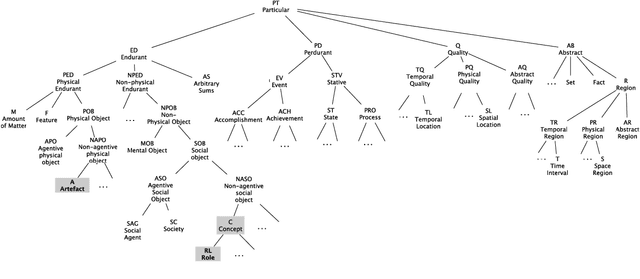
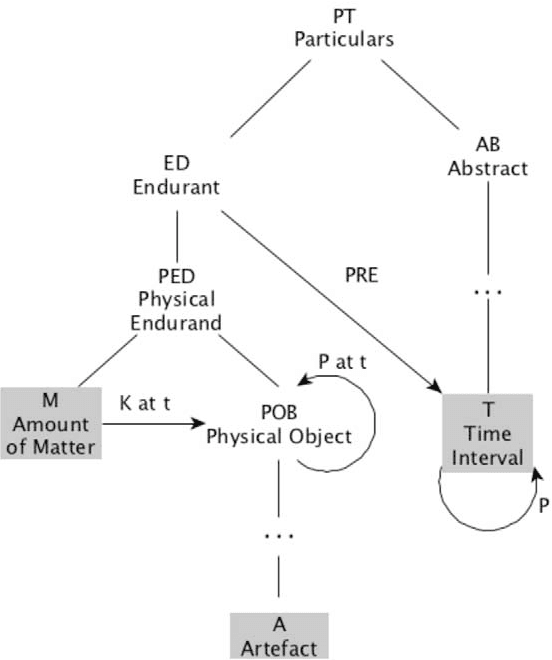
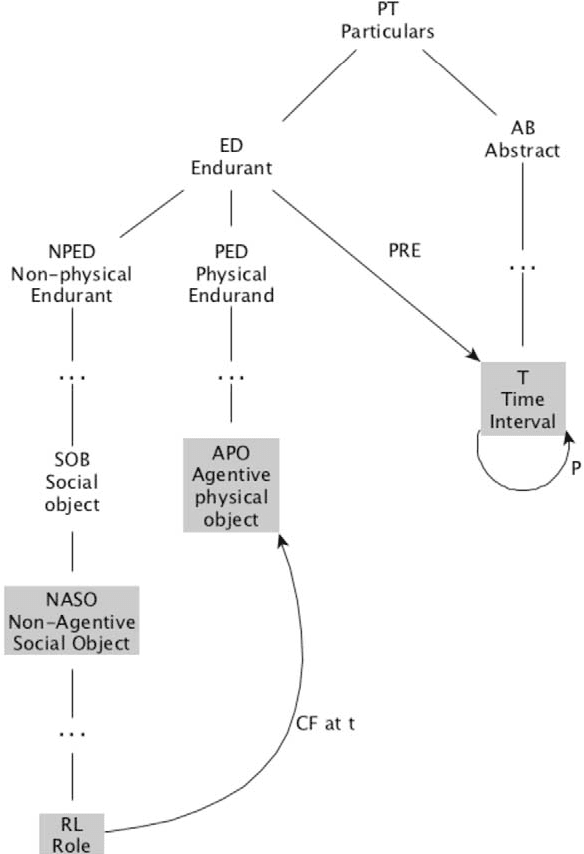
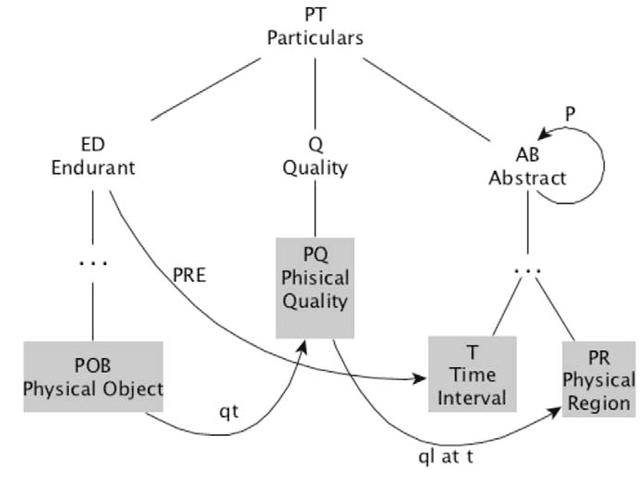
Abstract:DOLCE, the first top-level (foundational) ontology to be axiomatized, has remained stable for twenty years and today is broadly used in a variety of domains. DOLCE is inspired by cognitive and linguistic considerations and aims to model a commonsense view of reality, like the one human beings exploit in everyday life in areas as diverse as socio-technical systems, manufacturing, financial transactions and cultural heritage. DOLCE clearly lists the ontological choices it is based upon, relies on philosophical principles, is richly formalized, and is built according to well-established ontological methodologies, e.g. OntoClean. Because of these features, it has inspired most of the existing top-level ontologies and has been used to develop or improve standards and public domain resources (e.g. CIDOC CRM, DBpedia and WordNet). Being a foundational ontology, DOLCE is not directly concerned with domain knowledge. Its purpose is to provide the general categories and relations needed to give a coherent view of reality, to integrate domain knowledge, and to mediate across domains. In these 20 years DOLCE has shown that applied ontologies can be stable and that interoperability across reference and domain ontologies is a reality. This paper briefly introduces the ontology and shows how to use it on a few modeling cases.
* 25 pages, 7 figures
Les entités spatiales dans la langue : étude descriptive, formelle et expérimentale de la catégorisation
Mar 25, 2010Abstract:While previous linguistic and psycholinguistic research on space has mainly analyzed spatial relations, the studies reported in this paper focus on how language distinguishes among spatial entities. Descriptive and experimental studies first propose a classification of entities, which accounts for both static and dynamic space, has some cross-linguistic validity, and underlies adults' cognitive processing. Formal and computational analyses then introduce theoretical elements aiming at modelling these categories, while fulfilling various properties of formal ontologies (generality, parsimony, coherence...). This formal framework accounts, in particular, for functional dependences among entities underlying some part-whole descriptions. Finally, developmental research shows that language-specific properties have a clear impact on how children talk about space. The results suggest some cross-linguistic variability in children's spatial representations from an early age onwards, bringing into question models in which general cognitive capacities are the only determinants of spatial cognition during the course of development.
La représentation formelle des concepts spatiaux dans la langue
Mar 25, 2010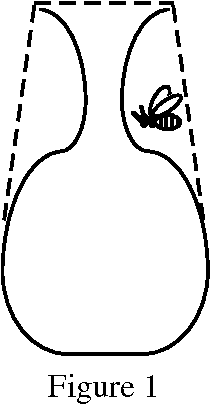
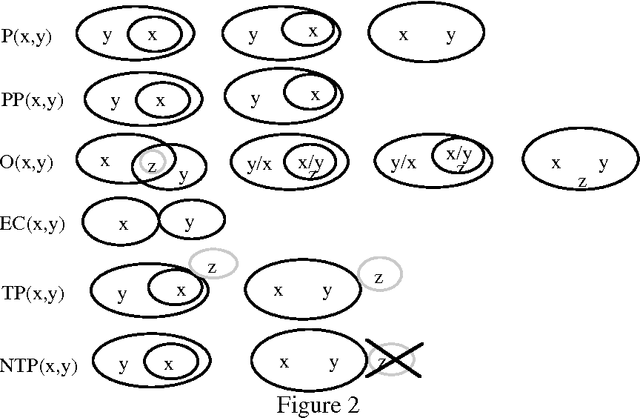
Abstract:In this chapter, we assume that systematically studying spatial markers semantics in language provides a means to reveal fundamental properties and concepts characterizing conceptual representations of space. We propose a formal system accounting for the properties highlighted by the linguistic analysis, and we use these tools for representing the semantic content of several spatial relations of French. The first part presents a semantic analysis of the expression of space in French aiming at describing the constraints that formal representations have to take into account. In the second part, after presenting the structure of our formal system, we set out its components. A commonsense geometry is sketched out and several functional and pragmatic spatial concepts are formalized. We take a special attention in showing that these concepts are well suited to representing the semantic content of several prepositions of French ('sur' (on), 'dans' (in), 'devant' (in front of), 'au-dessus' (above)), and in illustrating the inferential adequacy of these representations.
 Add to Chrome
Add to Chrome Add to Firefox
Add to Firefox Add to Edge
Add to Edge